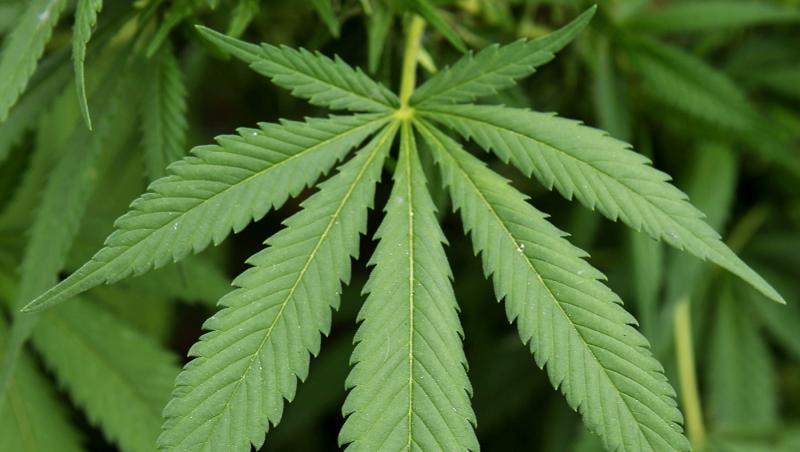
I have been wanting to write this article for some time. I have just not been sure where I wanted to publish it. With the State Legislature’s recent failed bill on “medical marijuana,” it is important to get this out there. I realize that this is likely not the crowd that needs convincing of the foolishness of pursuing “legalization” of marijuana, but maybe there are enough influencers out there to discuss this with their legislators to help them understand why this foolishness should be avoided.
To say that it is disappointing that our conservative legislators would propose such a bill is an understatement. Maybe the requirement for the State to be the only legal dispensary was a brilliant poison pill, but how long before that is stripped and the next bill gains support? Make no mistake about it, the only reason to legalize marijuana is financial. A new taxable product class doesn’t come along all that often. If less is spent on law enforcement, courts and jails, the government benefits. But all of the rest of us lose. While I will not dive too deeply into the social studies aspect of this, one needs to simply look at the pioneering states to see what a disaster this has been. I would simply ask the politicians, “Do we really want to be like our neighboring states?”
Since I’m a physician, let me stick to s ...



